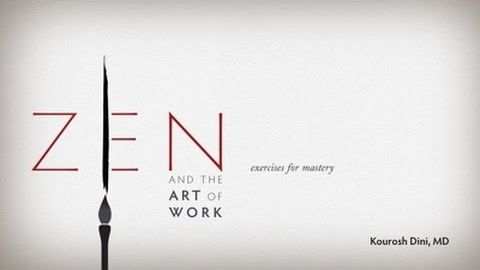
字幕と単語
OmniFocus と MindNode を使用して締め切りと複数のプロジェクトを処理する (Handling Deadlines and Multiple Projects with OmniFocus and MindNode)
00
jqlts1 が 2021 年 01 月 14 日 に投稿保存
動画の中の単語
overwhelmed
US /ˌoʊ.vɚˈwɛlmd/
・
UK /ˌəʊ.vəˈwɛlmd/
- v.t.圧倒;圧倒;圧倒;覆う
- adj.圧倒された;圧倒された;打ちのめされた;覆われた
- v.圧倒された;水没した
B2 中上級
もっと見る approach
US /əˈprəʊtʃ/
・
UK /ə'prəʊtʃ/
- v.t./i.近づく;話を持ちかける
- n. (c./u.)目的に近づく方法 : 道;交渉しようとして人に近づくこと;取り組み方 : 扱い方
A2 初級TOEIC
もっと見る present
US /ˈprɛznt/
・
UK /'preznt/
- adj.出席している;現在
- n.プレゼント;現在時制;現在;贈り物
- v.t.紹介する;司会をする;発表する;提示する;(賞を)贈呈する
- v.i.現れる
A1 初級TOEIC
もっと見る エネルギーを使用
すべての単語を解除
発音・解説・フィルター機能を解除
